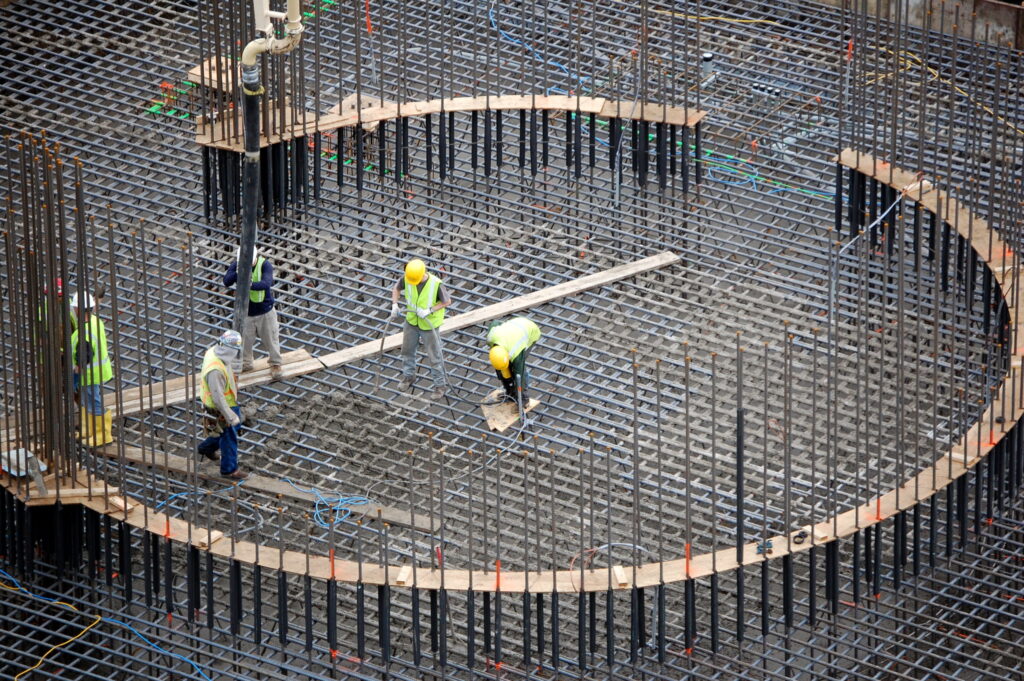
After water, concrete is the world’s second most consumed material. It is the cornerstone of modern infrastructure. Its production accounts for 8% of global carbon dioxide emissions. The carbon dioxide is a result of chemical reactions in its manufacture and from the energy required to fuel the reactions.
About half of the emissions associated with concrete come from burning fossil fuels to heat up the mixture of limestone and clay that ultimately becomes ordinary Portland cement. These emissions could eventually be eliminated by using renewable-generated electricity to provide the necessary heat. However, the other half of the emissions is inherent in the chemical process.
When the minerals are heated to temperatures above 2500 degrees Fahrenheit, a chemical reaction occurs producing a substance called clinker (which is mostly calcium silicates) and carbon dioxide. The carbon dioxide escapes into the air.
Portland cement is then mixed with water, sand, and gravel to produce concrete. The concrete is somewhat alkaline and naturally absorbs carbon dioxide albeit slowly. Over time, these reactions weaken the concrete and corrode reinforcing rebar.
Researchers at MIT have discovered that the simple addition of sodium bicarbonate (aka baking soda) to the concrete mixture accelerates the early-stage mineralization of carbon dioxide, enough to make a real dent in concrete’s carbon footprint. In addition, the resulting concrete sets much more quickly. It forms a new composite phase that doubles the mechanical performance of early-stage concrete.
The goal is to provide much greener, and possibly even carbon-negative construction materials, turning concrete from being a problem to part of a solution.
**********
Web Links
New additives could turn concrete into an effective carbon sink
Photo, posted April 4, 2009, courtesy of PSNH via Flickr.
Earth Wise is a production of WAMC Northeast Public Radio
Leave a Reply